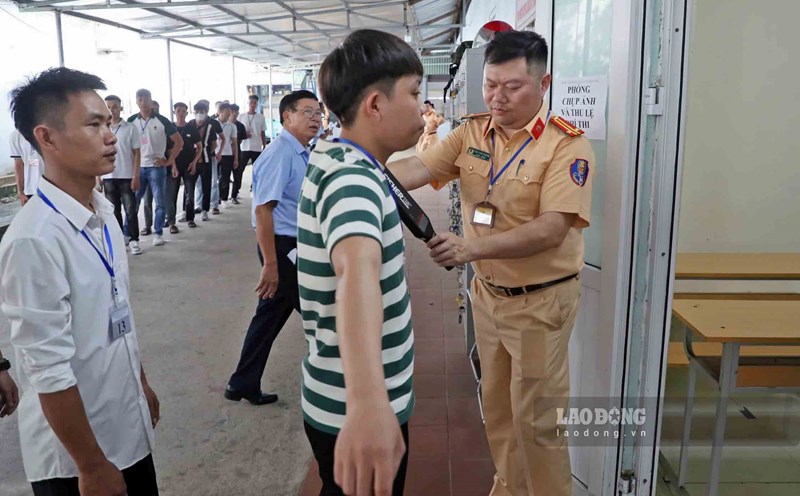The Government has just sent report No. 559/BC-CP to the National Assembly to absorb and explain the opinions of National Assembly deputies discussing the draft Law on Cadres and Civil Servants (amended).
According to the report, some opinions suggested regulating the framework of criteria and defining talented people, including non-public entities; specifically regulating special mechanisms and policies to attract talented people, including policies on recruitment, treatment, protection, and creating a professional working environment.
Propose to supplement regulations on retaining talented people, having mechanisms to promote talent in public service activities, evaluation mechanisms, ensuring the enjoyment of policies commensurate with contributions...
In response to the opinions, the Government added a regulation on the concept of "talented people in public service activities".
The draft law also clearly stipulates policies for 2 groups of subjects: The group of subjects attracting to the public sector applies to high-quality human resources.
The second group of subjects is people with talent in public service activities.
In response to the opinions of National Assembly deputies, the draft Law stipulates 3 special forms of attracting high-quality human resources outside the public sector, specifically accepting to work as civil servants, signing contracts to perform the duties of civil servants in leadership and management positions and signing contracts to perform a number of tasks of professional and technical positions.
Regarding specific regimes and policies for both subjects, the draft law assigns the Government to stipulate a framework of mechanisms and policies; ministries, branches and localities need to prioritize each stage based on needs and areas to decide on policies suitable to budget capacity and separate a provision to regulate the responsibility of the State in allocating annual budgets for implementation.
Other content is about civil servant job positions and civil servant ranks.
There are opinions suggesting clearly defining the management of civil servants according to the professional model or the job position model, ensuring feasibility in the implementation process; adding specific work results and product factors associated with the job position.
Some opinions suggested clearly distinguishing the content of job positions to avoid confusing them with civil servant ranks; some opinions suggested publicly, digitizing job position categories, clearly describing functions, standards, and tasks; taking entrance exams by positions to limit negativity; clarifying handling cases of civil servants appointed to positions higher than the requirements of the position.
At the same time, review the job position after the arrangement of administrative units and assign the Government to specify in detail the method of determining job positions for unified implementation nationwide, thoroughly resolving problems in the implementation process.
In the draft law, the Government did not continue to determine job positions as jobs associated with titles, positions, structure and civil service ranks as in current law.
The civil servant rank is determined to be only a technical tool, to determine the rank and professional qualifications; any job position will be classified in the corresponding rank.
The standards and conditions of civil service ranks will be expressed in the capacity framework associated with each job position, and at the same time, reviewed and detailed regulations on other contents of job positions in the documents guiding implementation, as a basis for implementation and implementation.










